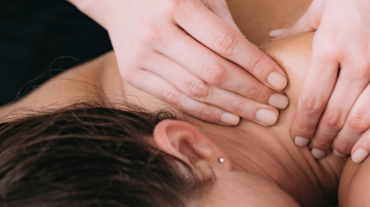Varicose veins are bulging, discolored, dilated veins that are visible through your skin and usually are seen on your lower legs. They are caused by damage to the valves or vein walls, leading to pooling of blood, venous swelling, and increased venous pressure. Spider veins are similarly caused, but occur in the smaller veins of your legs. Risk factors for developing varicose veins include birth defects in the valves of your veins, pregnancy, and thrombophlebitis (the two types of which are superficial venous thrombosis and deep venous thrombosis; see below).
Symptoms of varicose veins include:
- fullness, heaviness, and possibly even aching and pain in your legs
- visibly enlarged veins
- swollen ankles
- brown discoloration of the skin near your ankles
- skin ulcers (in severe cases)
Some people may develop small blood clots as a result of the same blood pooling (a condition called superficial venous thrombosis), causing your vein to feel hard and rope-like, and possibly inflamed and painful as well. While usually not serious, these blood clots should still be reported to your doctor in case of infection. And they should not be confused with deep venous thrombosis, a less-common condition where clots form in deeper veins. You are more prone to this condition if you have a blood clotting disorder or are on prolonged bed rest. Any sudden, painful swelling, fever, or pain when you flex your foot should be considered potentially serious and should be reported to your doctor right away.
Less serious cases of varicose veins will be treated as such by your doctor, and you will likely be advised to avoid standing for long periods, raising your legs when possible, and wearing support hose. In more serious cases, e.g. when skin ulcers are present, your doctor may suggest surgery.
Certainly yoga and other forms of exercise are beneficial to managing varicose veins, and acupuncture and TCM can help as well, by improving your blood flow. Diet modification to ensure you are at a healthy weight will help keep the varicose veins at bay, and massage therapy will help move the blood back to your heart.
Contact us for a FREE consultation on how natural therapy can help you prevent and manage varicose veins.
These links may also be helpful:







